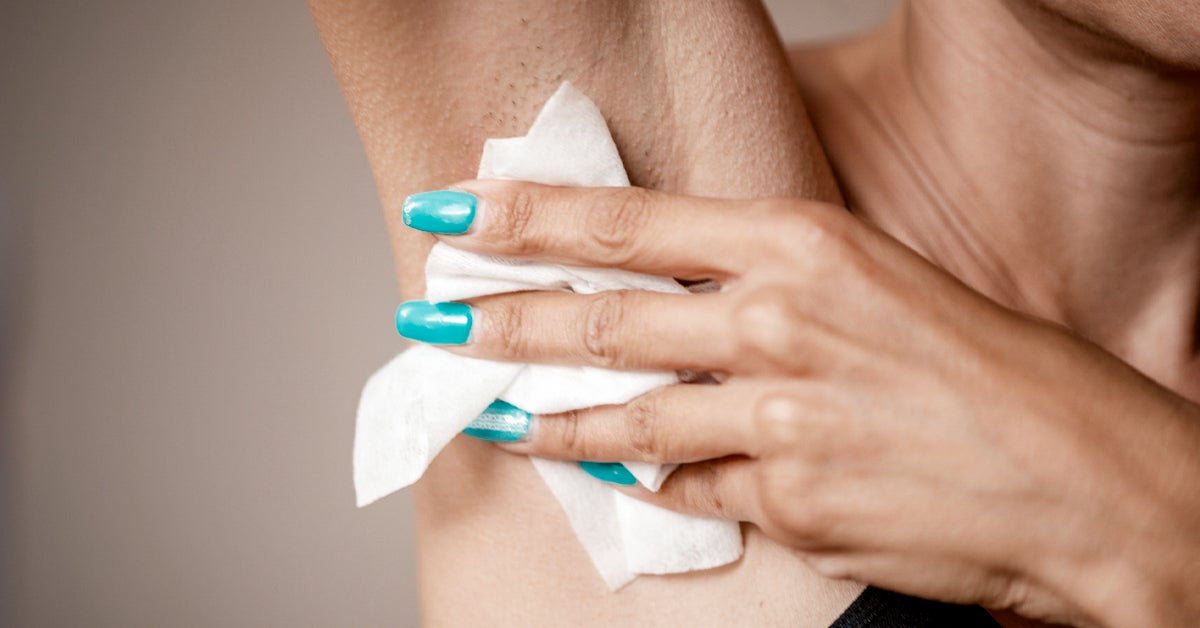Ringworm in Armpit: Symptoms, Causes, Diagnosis, Treatment - Healthline

Though its name may suggest otherwise, ringworm is not a worm, but a kind of contagious fungal infection called Tinea. Instead, ringworm gets its name from the characteristic round or ringlike red or discolored scaly patches it creates on your skin. Often, the centers of ringworm lesions grow less red or discolored over time.
According to the Centers for Disease Control and Prevention (CDC), ringworm is very common. It's especially common in warmer climates. While anyone can potentially contract ringworm, people with weakened immune systems may be more vulnerable to infection.
Most often, ringworm affects your:
- scalp
- face
- legs
- trunk
- arms
Ringworm can also affect your armpit.
The symptoms of ringworm in your armpit are the same as ringworm on other parts of your body. There will be round, red or discolored lesions with scaly edges. Over time, the center of these lesions tend to become less red or discolored. A ringworm infection usually feels itchy and uncomfortable.
The fungus causing ringworm is contagious and is most commonly transmitted through close contact with a person or animal who has it. Cats and dogs can also contract ringworm. Ringworm can also be transmitted by touching objects that have the fungus on them, such as:
- razors
- clothing
- furniture
If you've contracted a ringworm infection before, you are at a higher risk of contracting it again because the fungus that causes ringworm can live on your skin if not treated fully.
Underlying conditions affecting immunity can also put you at a higher risk of developing ringworm.
You may have ringworm if you notice a rash in your armpit that's:
- round
- red or discolored
- itchy
For a diagnosis, you'll have to call a healthcare professional. They will:
Just because you have red or discolored, ringlike patches on your skin does not necessarily mean you have ringworm. In fact, the symptoms of ringworm can look and feel like several other types of skin conditions. It's important to call a healthcare professional to ensure you get the right diagnosis.
There are several other kinds of skin conditions presenting similar symptoms to ringworm. These include:
- eczema and nummular eczema, also called atopic dermatitis, an immune-related skin condition also causing itchy and red or discolored, scaly patches on your skin
- granuloma annulare, an inflammatory skin condition causing rings of flesh-colored, pink, or red bumps
- psoriasis, an autoimmune condition causing a buildup of skin cells that can appear round and reddish or discolored
- contact dermatitis, a red or discolored and itchy rash caused by contact with allergens like metals or poison ivy, or irritants like detergent or kerosene
- Lyme disease, a bacteria-borne illness transmitted by ticks that usually causes a red or discolored ring-like rash
- pityriasis rosea, also called Christmas tree rash, can cause raised oval-shaped red or discolored patches on your skin and seems to be caused by a virus
Treatment for ringworm can sometimes be challenging. The Tinea fungus grows readily on your skin. It's especially difficult to treat in your armpit due to the increased presence of moisture, which helps this type of fungal infection to grow. It's important to carefully follow your healthcare professional's treatment instructions so that you fully clear your ringworm infection. This will reduce the risk of it coming back.
Your healthcare professional will give you a specific treatment plan that best meets your needs.
Mild cases of ringworm can be treated using a topical antifungal cream, which usually needs to be applied daily for 2 to 4 weeks. Some common types of antifungal medications used to treat ringworm include:
- clotrimazole
- miconazole
- terbinafine
- ketoconazole
If your ringworm infection is harder to treat, your healthcare professional may prescribe a higher strength version of one of these topical medications, or sometimes oral antifungal medications.
You can help speed your recovery of ringworm by:
- wearing loose-fitting clothing to allow the ringworm rash to breathe
- avoiding applying underarm deodorant, which could cause irritation
- washing your bedding and clothing every day to help eliminate the fungus
- trying some home remedies for ringworm, such as:
Ringworm is a very common type of skin condition caused by a contagious fungus called Tinea that can be transmitted by people and other animals. The red or discolored, round rash that causes ringworm can affect most parts of your body, including your armpit, though sometimes it also resembles other skin conditions like eczema and Lyme disease. Full treatment of ringworm is important to prevent it from recurring.
Comments
Post a Comment